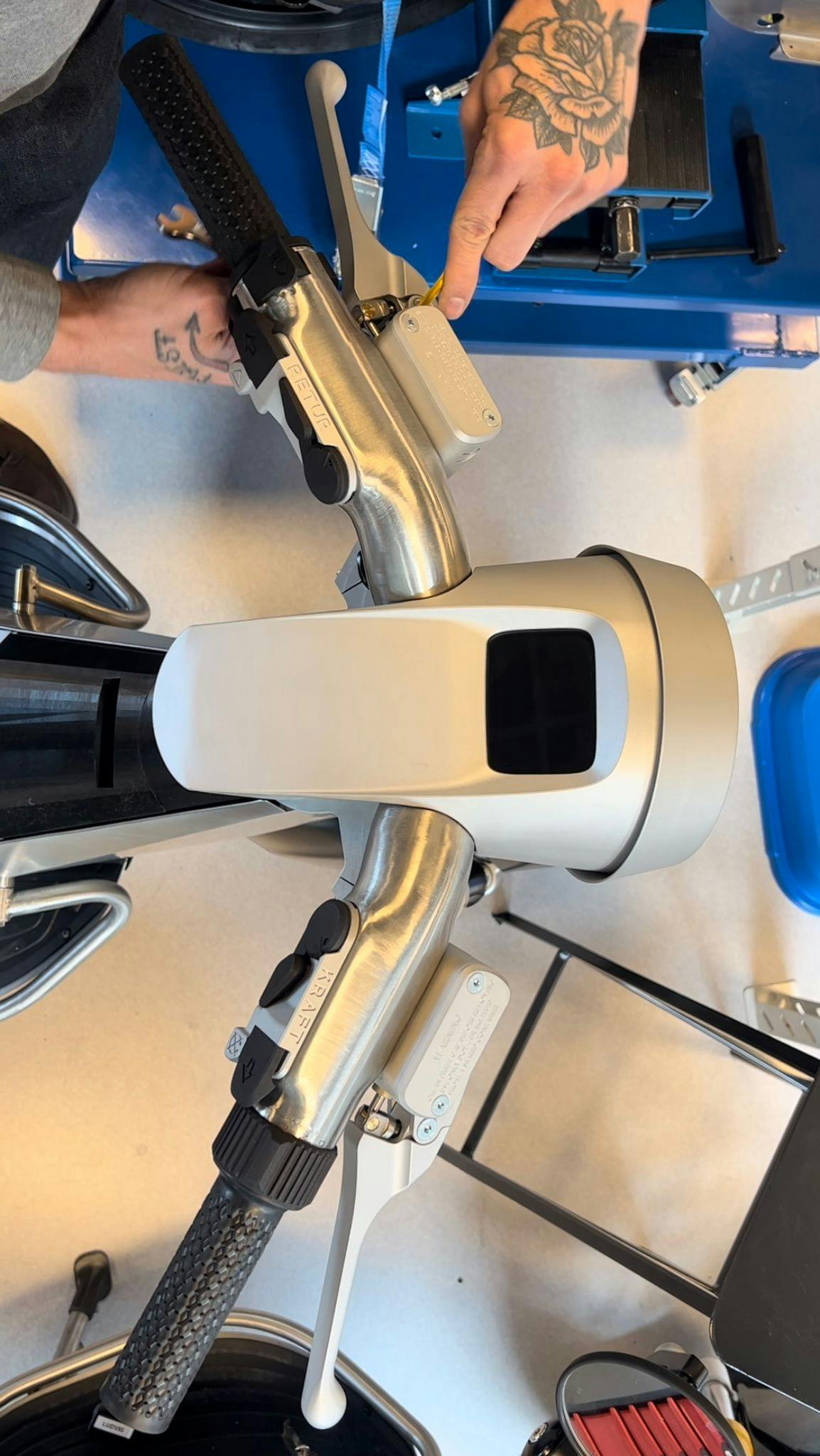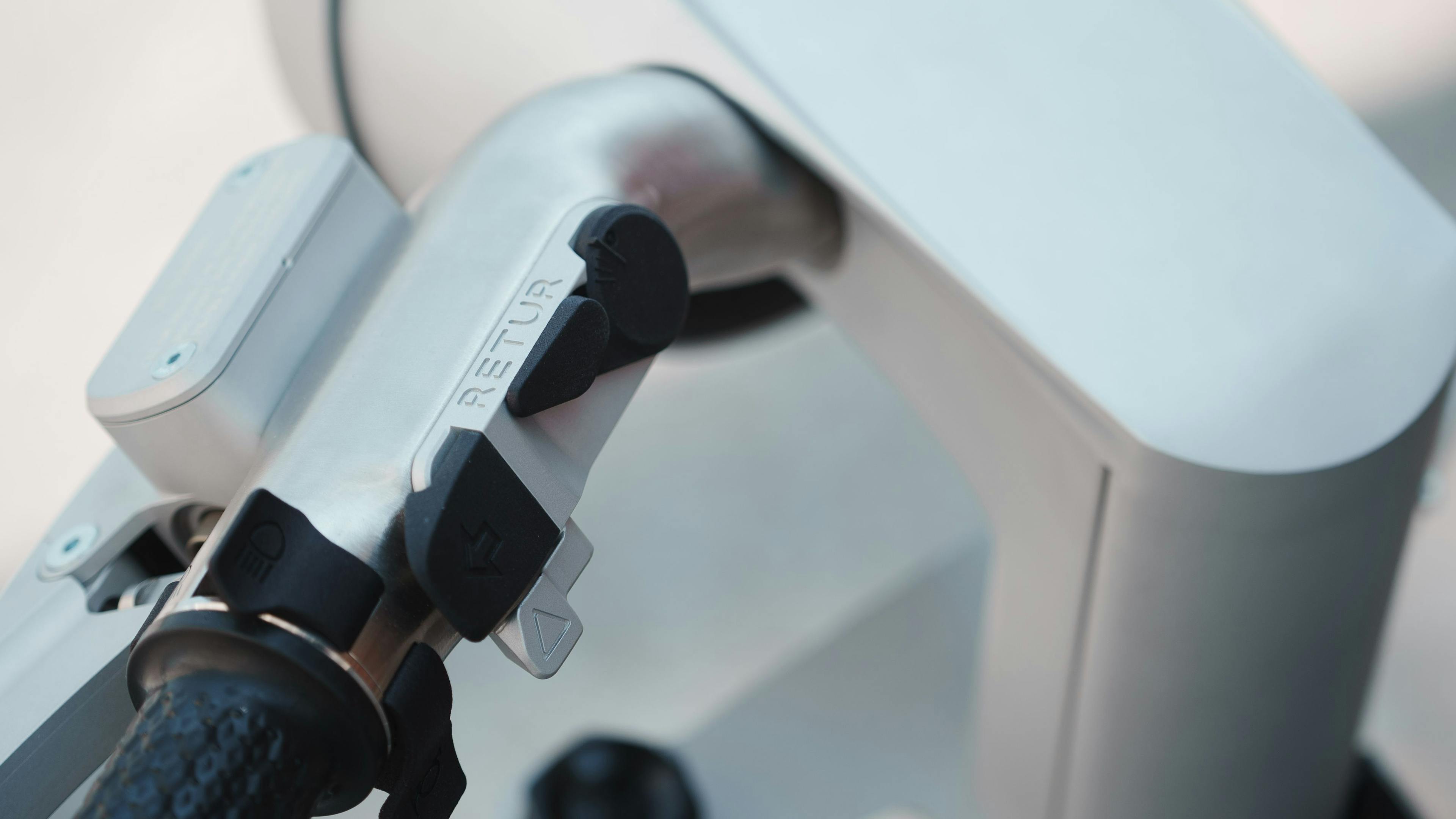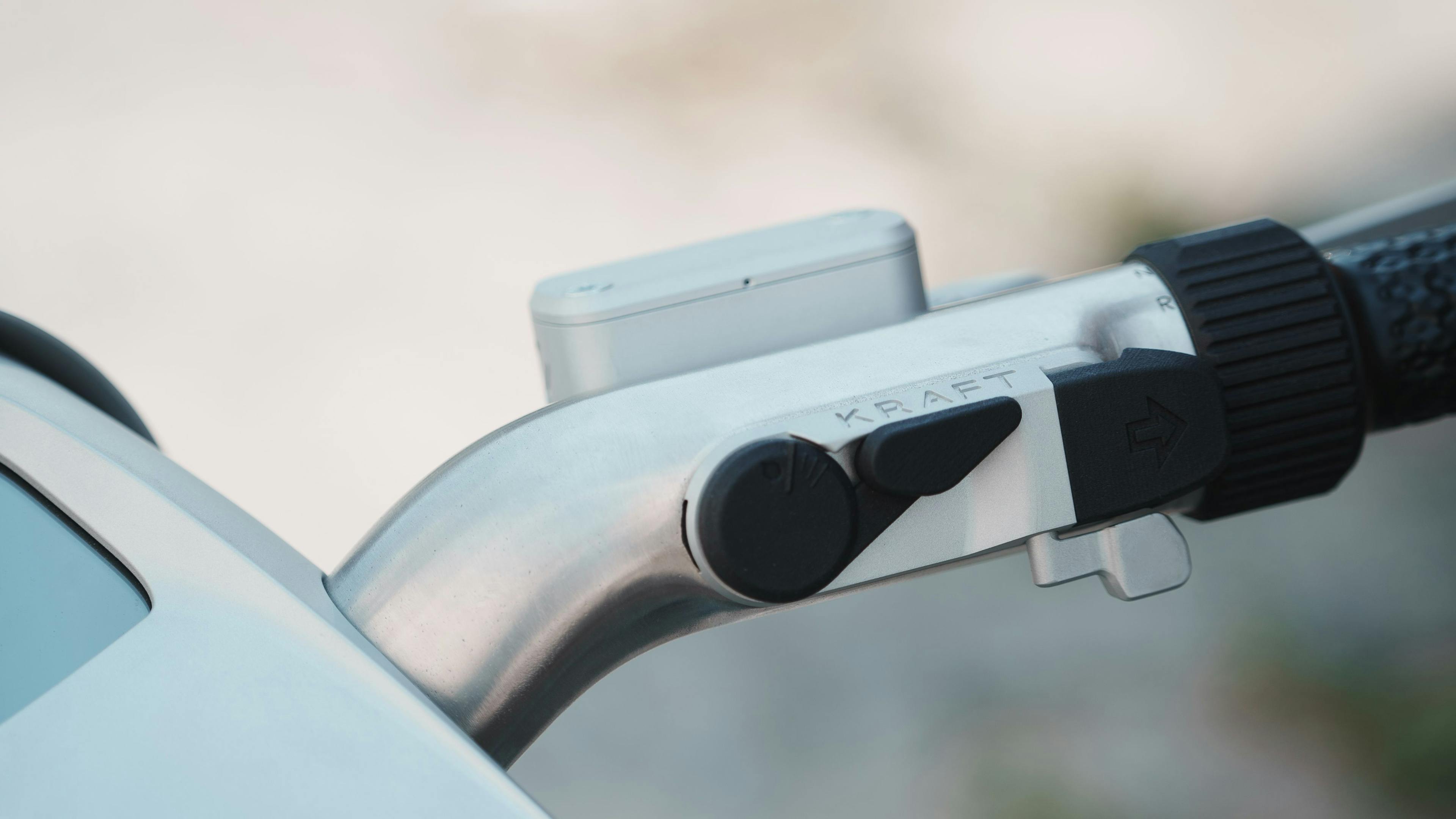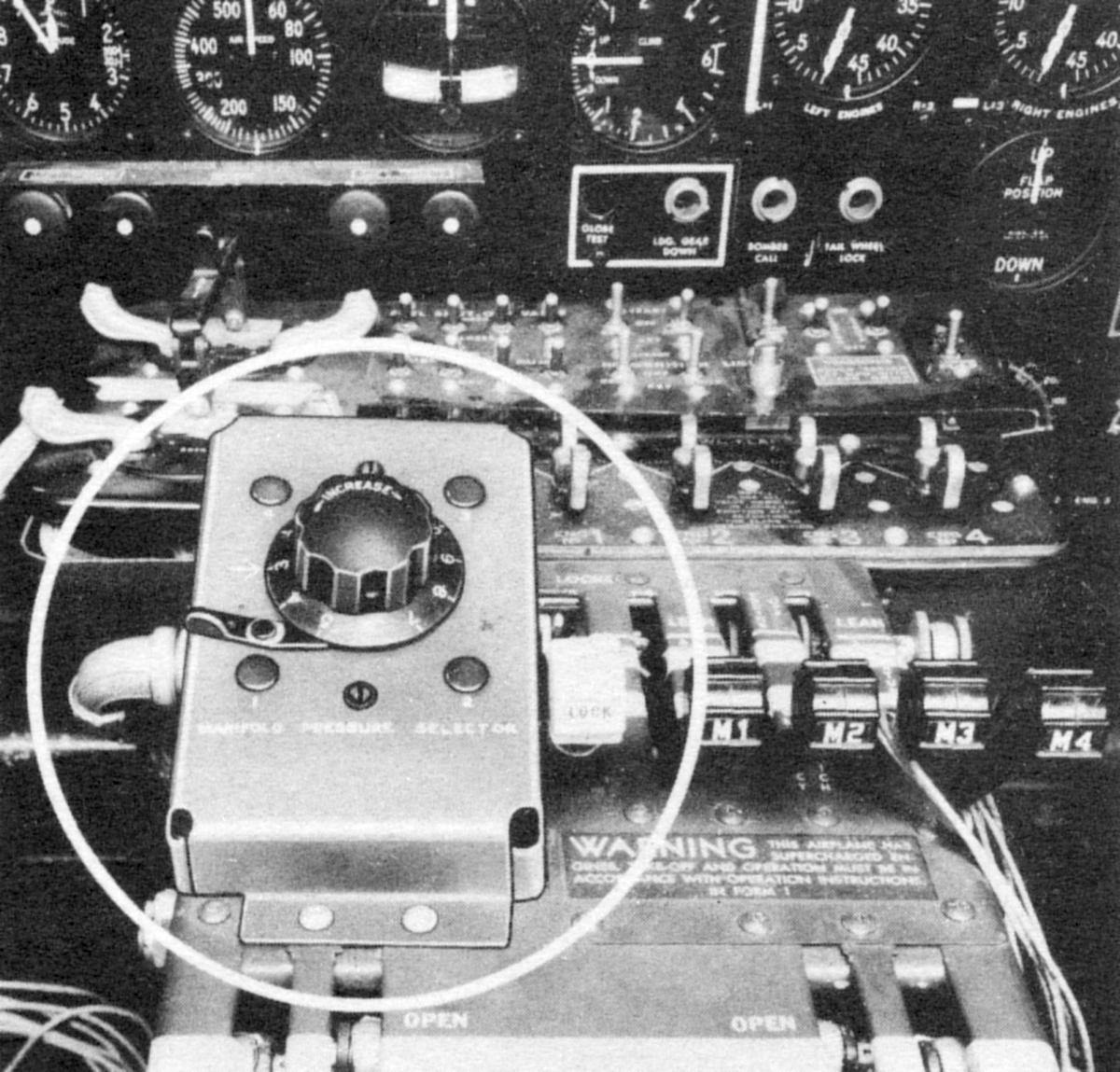Article
A hands-on walkthrough of the STILRIDE 1 handlebar

First of all, what do the words “KRAFT” and “RETUR” mean that are debossed on top of the left and right main black levers?
”So ’Kraft’ is Swedish for ’power’, and ’retur’ is Swedish for ’regeneration’.Basically, the KRAFT lever lets you choose how much power is applied when you accelerate, and the RETUR lever lets you choose how much regenerative braking is applied when you let off the throttle.”
”I got the idea to use the word ’kraft’ from a 1980s rally car. I had the pleasure of climbing inside a Group B Audi Quattro once, and I noticed a huge red knob on the dashboard with ’KRAFT’ written on it. Just like in Swedish, ’kraft’ also means ’power’ in German. The knob was used to set the power boost for the engine, ranging from 400 to 900 horsepower or something ridiculous like that. I’ll never forget it!”


And what about the four lines and the symbols on the levers?
”The four lines represent the amount of power or regenerative braking you want to apply. When the levers are parallel to their respective panel outlines, standard settings are applied. As you push the lever forward, there are three tactical click stops that you can clearly feel with your thumb. The further you push, the more power and/or regenerative braking is applied.
”On the ’RETUR’ panel, a wheel symbol is accessible when you pull the lever back towards yourself, which means zero regenerative braking is applied and puts the bike in freewheeling mode. The ’KRAFT’ panel on the other hand has a droplet symbol, which reduces the power for slippery driving surfaces.”
You mention the weighty clicks when moving the levers. What was the thought process behind the very tactile driving experience of the STILRIDE 1?
”For many electrical bikes today, it almost feels like starting a computer game, with sounds, lights, and screens to make up for the starting sounds from a combustion engine. We have created something completely opposite, with a straightforward and tactile experience. Our drivers should feel like they’re in control, and that they’re driving a luxurious and elegant bike”
“The levers are inspired by Leica cameras, more specifically their advanced levers on the analog models. I grew up around cameras since my grandfather and father worked with them, and if you’ve ever laid your hands on a high-end camera you’ll know how satisfying the tactile clicks and ticks are. But this goes for all buttons, levers, or knobs that are carefully designed. I also remember seeing a specific knob on a turbocharger control system on the American B17 aircraft. I just imagined how the tactility would feel.
”And it’s the same for the STILRIDE 1, you will feel perfectly weighted clicks with your thumb and won’t ever have to take your eyes off the road.”

There are also two metal levers underneath. What do they do?
”These symbols are compulsory for it to be road legal. The triangle lets the driver turn on the bike’s hazard lights, and the crossed-out circle is the engine’s kill switch. They are also accessible with your thumbs but are carefully placed further away so the driver doesn’t accidentally press them.
”These two metal levers rotate around the same shaft that also holds the left and right indicator arrows. Shout out to our lead mechanical engineer Gabriel Walz for designing these, they’re are a thing of absolute beauty.”
And how do you turn on the bike?
”All bikes need to have a dual-step start sequence. So the steering lock sits on the top of the chassis, between the driver’s knees. That tactile button is pushed while you turn the gear wheel. It’slocated next to the throttle on the right side of the handlebar. You put it in gear, after you’ve unlocked the safety by sliding the wheel to the left. Just like with the hazard lights and the kill switch, we wanted the gear wheel to be safe enough to not be moved by accident, hence the safety sliding mechanism.”